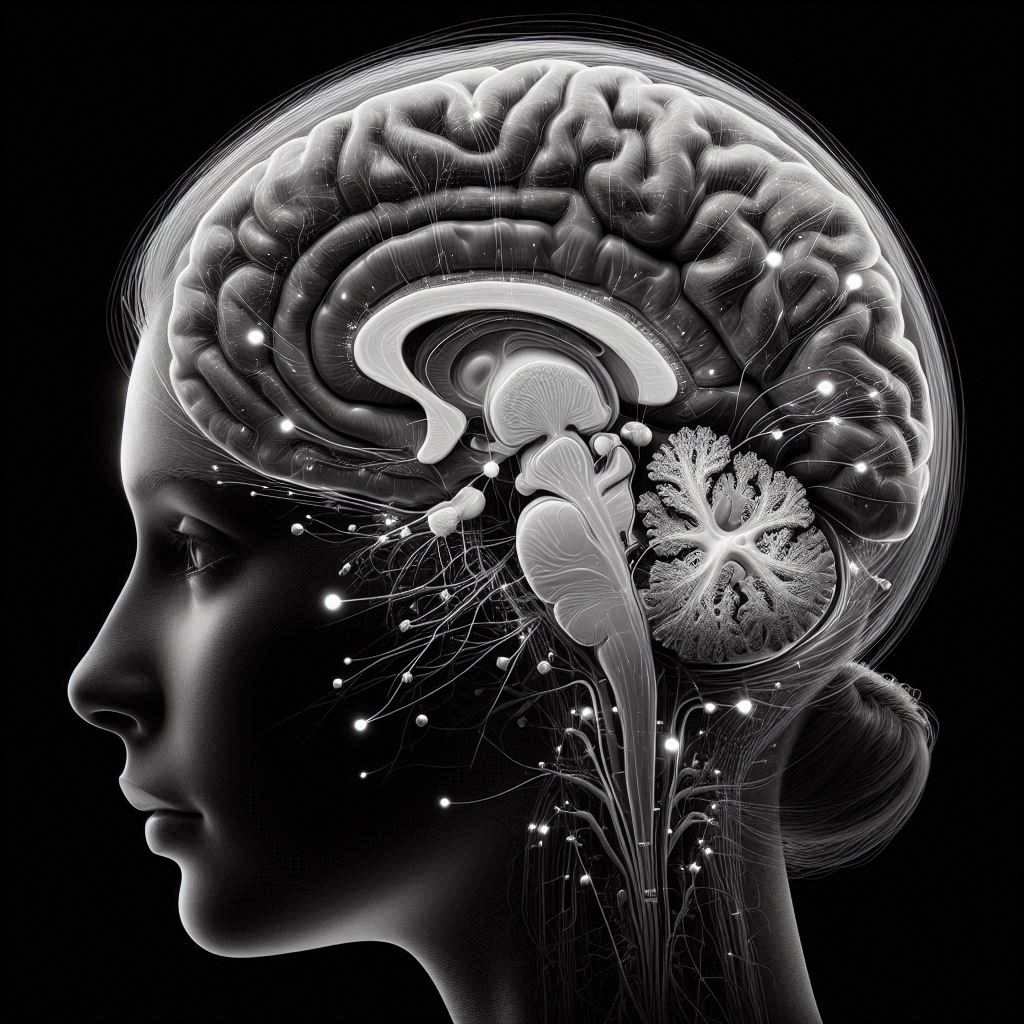Ever felt your heart race before a big presentation or exam? You’re not alone. Situational anxiety affects many people and it’s often triggered by specific events. While it might feel overwhelming, it’s not the same as generalized anxiety, which is more pervasive and constant.
The real question is, does situational anxiety qualify as a mental illness? The short answer is no. It’s a natural response to stress and usually resolves once the stressful situation passes. But understanding its impact and how to manage it can make a world of difference.
In this post, we’ll explore the nuances of situational anxiety, how it differs from other anxiety forms, and provide tips for handling it effectively.
Defining Situational Anxiety
Situational anxiety is that uncomfortable feeling we get when faced with certain events or situations. It’s different from generalized anxiety, which hangs around most of the time. Instead, situational anxiety pops up just like unwelcome relatives, only when certain triggers come into play. Ever felt your heart racing before a big presentation or found it hard to breathe in a crowded room? You’re not alone. Situational anxiety is common, and understanding it can help manage those sweaty palms and queasy stomach moments better.
Common Triggers of Situational Anxiety
Certain situations can pull the trigger on anxiety, sending us into a spiral of nervousness. Identifying these triggers can be a game-changer when it comes to coping strategies. Here’s a quick rundown of what might set off situational anxiety:
- Public Speaking: Standing in front of a crowd can make even the most seasoned speaker quiver. The fear of messing up or being judged is a common source of anxiety.
- Social Gatherings: For some, parties and social events can feel like a spotlight is on them, and not in a good way. The pressure to interact and make conversation can trigger anxiety.
- High-Pressure Situations: Exams, job interviews, or work presentations often come with a side dish of anxiety. The stakes are high, and the fear of failure looms large.
- New Experiences: Trying something new, like starting a new job or moving to a new city, can stir up feelings of insecurity and doubt.
Understanding these triggers can help in preparing for them, ensuring they don’t catch us off guard.
Symptoms of Situational Anxiety
When situational anxiety hits, it leaves behind a trail of symptoms that can feel overwhelming. Knowing what to expect can make them less frightening. Here are some common symptoms people experience:
- Increased Heart Rate: It can feel like your heart is trying to play drums inside your chest.
- Sweating: Suddenly, you might feel like you’ve run a marathon, even if you’ve just been sitting quietly.
- Shaking or Trembling: These symptoms can betray you by making you visibly nervous.
- Shortness of Breath: You might feel like there’s not enough air, even though you’re still breathing.
- Stomach Issues: Butterflies? More like bats! An upset stomach or nausea is a frequent companion of anxiety.
These symptoms can be uncomfortable, but knowing them can help you recognize and address your anxiety proactively. Remember, it’s all about managing the moment and not letting the situation control you.
The Mental Illness Debate
Situational anxiety is something most of us have felt at one time or another. But is it more than just nerves? Does it deserve a spot under the umbrella of mental illnesses? Let’s explore the different ideas and definitions that make this topic much discussed.
Clinical Definitions and Diagnostic Criteria
Mental health professionals use specific guidelines to define what makes a condition a mental illness. The Diagnostic and Statistical Manual of Mental Disorders (DSM-5) is a key resource in this area. It offers detailed criteria for each mental disorder, like persistent symptoms that interfere with daily life.
In the case of situational anxiety, the lines often blur. Unlike chronic anxiety disorders, situational anxiety is triggered by specific events or scenarios like public speaking or job interviews. It doesn’t linger long-term, which makes it tricky to fit into the typical mental illness box outlined in the DSM-5.
So, how do therapists and psychologists decide what’s what? They often look at:
- Duration: How long do the symptoms last?
- Intensity: How severe are the symptoms?
- Impact: Does it interrupt daily activities?
While situational anxiety might not tick all these boxes for a mental illness diagnosis, it can still be very uncomfortable. Understanding how it fits into the larger framework of mental health is key to addressing it effectively.
Situational Anxiety vs. Anxiety Disorders
If we think of anxiety as a spectrum, situational anxiety would be on the milder end. Anxiety disorders, on the other hand, involve more chronic and often debilitating experiences.
Generalized Anxiety Disorder (GAD), for example, is characterized by excessive worry about various aspects of life. It doesn’t necessarily have a trigger and lasts for a long period, affecting everyday functioning.
Social Anxiety Disorder keeps people from normal social interactions due to an overwhelming fear of being judged or criticism.
Panic Disorder involves sudden and recurrent panic attacks, with physical symptoms like heart palpitations and dizziness.
Situational anxiety differs mainly in:
- Triggers: It’s sparked by specific events, while disorders have no identifiable cause.
- Duration: Once the situation passes, the anxiety typically does too.
- Impact: It usually doesn’t interfere with daily life beyond the immediate scenario.
The question remains, should situational anxiety get the same attention as its bigger counterparts? While it doesn’t qualify as a disorder, recognizing its impact can still play a vital role in mental well-being. How do you approach anxiety in your life?
Impacts of Situational Anxiety
Situational anxiety can sneak up on you when you least expect it, whether you’re speaking in front of a crowd or trying something new. It’s vital to understand how this type of anxiety can shape your day-to-day life, as well as your mental and emotional well-being. Let’s explore the ripple effects it can have.
Short-Term vs. Long-Term Effects
Situational anxiety is like an unwelcome guest at a party—it can show up suddenly and linger longer than you’d like. In the short term, it might cause you to feel jittery, sweat, or have a racing heartbeat. These are your body’s natural “fight or flight” responses kicking in.
But what about the long haul? If unchecked, this anxiety can hang around and affect your usual routine. Long-term effects might include:
- Avoiding social situations: You might dodge parties or gatherings to escape anxiety triggers.
- Impact on work or school: Performance can dip if you find it hard to focus.
- Strained relationships: Fear of judgment or misunderstanding might pull you away from friends and family.
These effects can grow and affect your mental health, sparking feelings of isolation or sadness.
Coping Mechanisms and Strategies
Now, how do you manage situational anxiety when it shows up uninvited? The good news is there are plenty of tools to help you out:
- Mindfulness: Think of mindfulness as a reset button for your brain. Taking a few deep breaths and focusing on the present moment can reduce anxiety. It’s like shining a flashlight on your feelings without judging them.
- Cognitive-Behavioral Strategies: This involves rethinking negative thoughts. Imagine your mind as a garden; pull out the weeds (negative thoughts) and plant flowers (positive thoughts). Ask yourself, “Is there another way to look at this situation?”
- Exercise: A simple walk or jog can be a powerful stress-reducer. It releases feel-good chemicals that can calm anxious feelings.
- Talk it out: Sometimes just chatting with a friend or a therapist can help put things in perspective. Sharing worries can lighten the emotional load.
These strategies aren’t one-size-fits-all—try them out and see what fits best for you. With the right techniques, you can turn the volume down on anxiety’s voice and take back control.
When to Seek Help
Feeling anxious during certain situations is normal, but how do you know when it’s more than just a passing feeling? If situational anxiety starts affecting your daily life, it might be time to seek professional help. Imagine you’re a car—sometimes you just need a bit of fuel, but other times, you might need a mechanic. Here are some signs to help you decide whether you need that extra support.
Therapeutic Options
There are several therapeutic options available for those dealing with situational anxiety. Understanding these options is the first step to feeling better.
1. Counseling
Counseling can be like having a guide through a foggy path. A counselor listens to your concerns and helps you find the right tools to manage your anxiety. Through conversation, they can help you understand what’s triggering your anxiety and how to cope with it.
- Cognitive Behavioral Therapy (CBT): A popular approach where you learn to change negative thought patterns into positive ones.
- Exposure Therapy: Helps you face your fears in a controlled, safe environment.
- Talk Therapy: Simply discussing your worries can bring relief.
2. Medication
Sometimes, anxiety might feel like a storm that won’t clear up, no matter what you do. In these cases, medication may be an option. Medication doesn’t work for everyone, but it can be a powerful umbrella to help you weather the storm until you feel ready to tackle your anxiety on your own.
- Antidepressants: Often prescribed to help balance chemicals in the brain.
- Benzodiazepines: Useful for short-term relief but usually not a long-term solution due to the risk of dependency.
Remember, seeking help doesn’t mean you’re weak. It means you’re ready to take control and make changes. Consider reaching out if your anxiety:
- Stops you from doing things you enjoy
- Interferes with your school or work
- Affects your relationships
- Feels overwhelming or unmanageable
If any of these situations sound familiar, professional guidance could be just what you need to get back on track.
Conclusion
Situational anxiety, while often intense, doesn’t always fit neatly into the category of a mental illness. It’s a natural response to specific stressors, distinct from chronic anxiety disorders that require clinical intervention.
Understanding the distinction allows for better coping strategies tailored to individual needs. Nurturing resilience and seeking support when necessary can alleviate the sharp edges of such anxiety.
If you’re grappling with anxiety brought on by specific situations, explore strategies that work for you. Consider professional guidance if the anxiety disrupts daily life. Your mental well-being matters.








